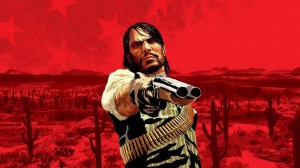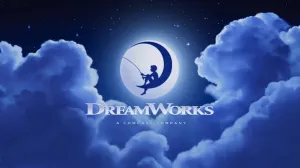Star Trek is a franchise built on exploration — not just of strange new worlds (see what we did there), but of bold new ideas. Across it’s nearly 60 years, Trek has given us some of the most innovative and imaginative science fiction stories around. Packed full of both progressive social commentary and outlandish plots that no other franchise could ever hope to pull off, it seems there really is nowhere Trek can’t boldly go.
Videos by ComicBook.com
Of course with this plethora of great stories has come some gaping plot holes and weird and wonderful in-universe quirks. Far from putting people off, these incomplete narratives and occasional gaps in world building have inspired fans to speculate to the extreme, connect the dots however few, and imagine some truly wild explanations for some of Trek’s mysteries. While these theories are simply fun thought experiments, some seem so plausible once you hear them, they’ll become confirmed cannon in your mind, while others are so delightfully dark, they might actually change the way you watch the shows.
Here are 10 Star Trek fan theories that will make you rethink the Final Frontier forever.
1) The Mirror Universe Diverged from the Prime Timeline When Captain Kirk Saved Edith Keeler
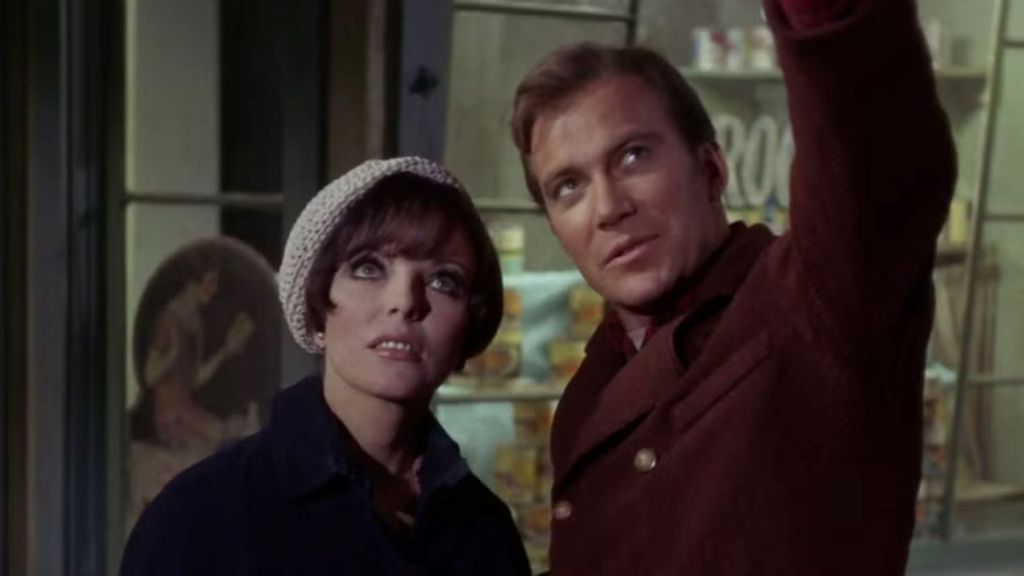
The Star Trek franchise is no stranger to alternative Timelines and universes. J.J. Abrams reboot films saw an entire storyline based on a deviation in the timeline caused by Nero’s Romulan ship traveling back in time and the subsequent untimely death of Kirk’s father. But what if even a small change could have catastrophic consequences for humanity’s entire future? One of the most haunting Original Series episodes, “The City on the Edge of Forever,” sees Captain Kirk forced to let Edith Keeler, a social worker from the 1930’s which whom he forms an instant connection, die in a tragic accident in order to preserve history. If he had saved her, we learn that the ripple effect of her continued existence would have meant that the Nazis won World War II — and Starfleet would never have existed.
Some quick-thinking fans have speculated that this might also be the exact divergence point for Star Trek’s infamous dark parallel reality, the Mirror Universe, first seen in “Mirror Mirror.” What if, in that timeline, Kirk couldn’t bring himself to let Keeler die, Nazi Germany prevailed, and humanity took a darker path? The ‘Terran Empire’s’ brutality and obsession with conquest and, weirdly enough, the Roman empire, eerily echo Nazi Germany ideology, and makes this theory chillingly plausible, especially given how little we know about the origins of the Mirror Universe and what could have occurred to cause this darker reality.
2) Starfleet’s Transporters are Actually Deadly
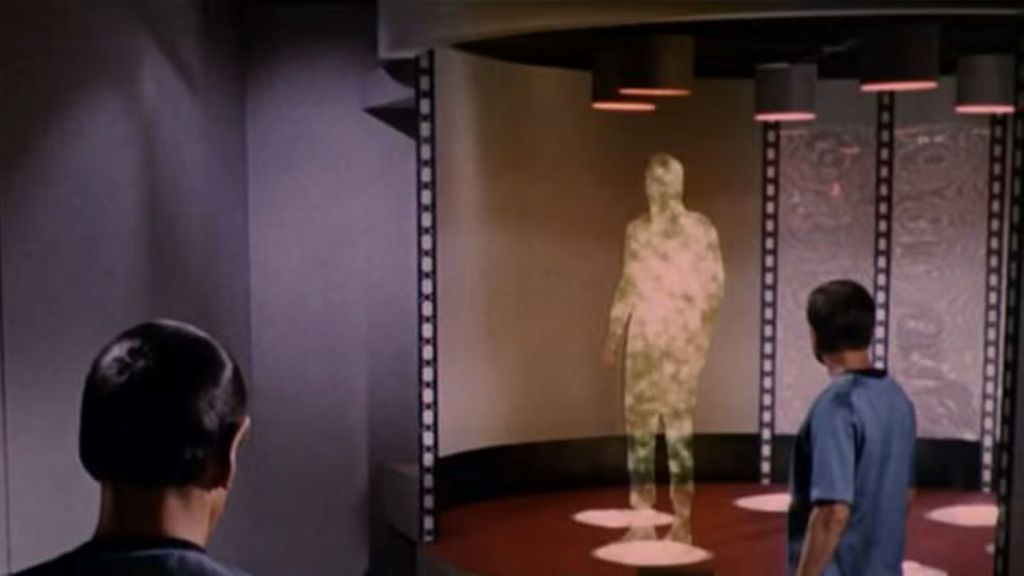
At first glance it’s a technology we’d love scientists to master in the real world! Imagine the time saved on travel with a teleport! But the iconic shout of “beam me up,” might not be as harmless as it sounds. Star Trek transporters work by disassembling something at the molecular level and reassembling it elsewhere. That’s all well and good if it’s an inanimate object, but what happens if it’s done to a living breathing person? Many Star Trek fans have long speculated that every time a person steps into a transporter and their molecules are scattered, they are essentially killed. Despite their molecular structure and ‘essence’ being preserved in the transport buffer and reassembled, the person that comes out the other end is nothing more than a copy.
This theory is backed up by numerous characters in Star Trek such as Dr. McCoy and Lt. Barclay harbouring an intense scepticism of transporters – it seems they might have been onto something! What’s more, throughout every Star Trek series, there have been numerous transporter mishaps and accidents where people have come back… not quite themselves. In the case of Thomas Riker — the transporter-created duplicate of Will Riker — The “original” Riker was essentially destroyed, leaving behind two new beings who both believed they were him. That suggests the real William T. Riker died the moment the beam split and shows the horrifying implications of transporter technology.
3) Q Was Secretly Helping Humanity All Along
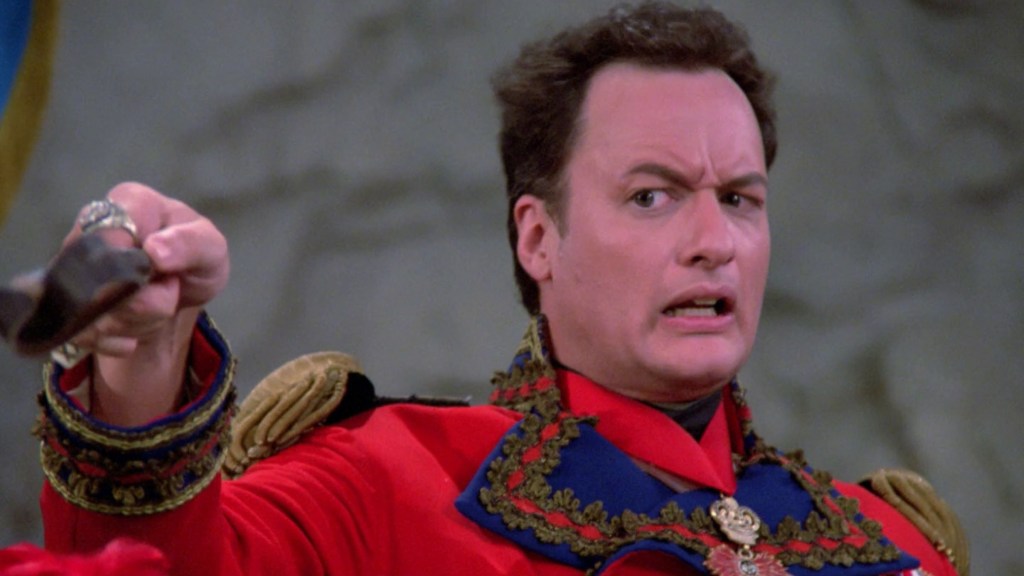
Providing us with some of Trek’s funniest episodes, the Q are perhaps one of the most intriguing species in the franchise. The all powerful, immortal beings certainly provide entertainment value with their antics, and none more so than the original Q himself played by John De Lancie. A constant thorn in the sides of many a Starfleet Captain, Q is smug, annoying, and occasionally lethal — but what if his unwanted interventions were less about tormenting Starfleet Captains for his own entertainment and more about preparing them for the galaxy’s dangers? Time after time, Q presents Starfleet with challenges that foster their ingenuity, forcing them to think on their feet and improve and grow.
Take the episode “Q Who,” in which Q flung the Enterprise into Borg space. Rather than a twisted form of sadism, it could have been Q’s roundabout way of giving Picard an early warning, it’s the equivalent to throwing your kid in the river in the hope they’ll learn to swim. It might have been tough love, but by the time the Borg attacked, Starfleet had already begun preparing, bolstered by this new knowledge. Across episodes like “Encounter at Farpoint,” “Tapestry,” and “All Good Things,” Q consistently pushed Picard to do better, even saying that the Q continuum “saw potential” in humanity. Maybe Q wasn’t humanity’s tricky enemy — he was simply its harshest teacher.
4) The Federation Is a Communist Utopia — (Or Dystopia)
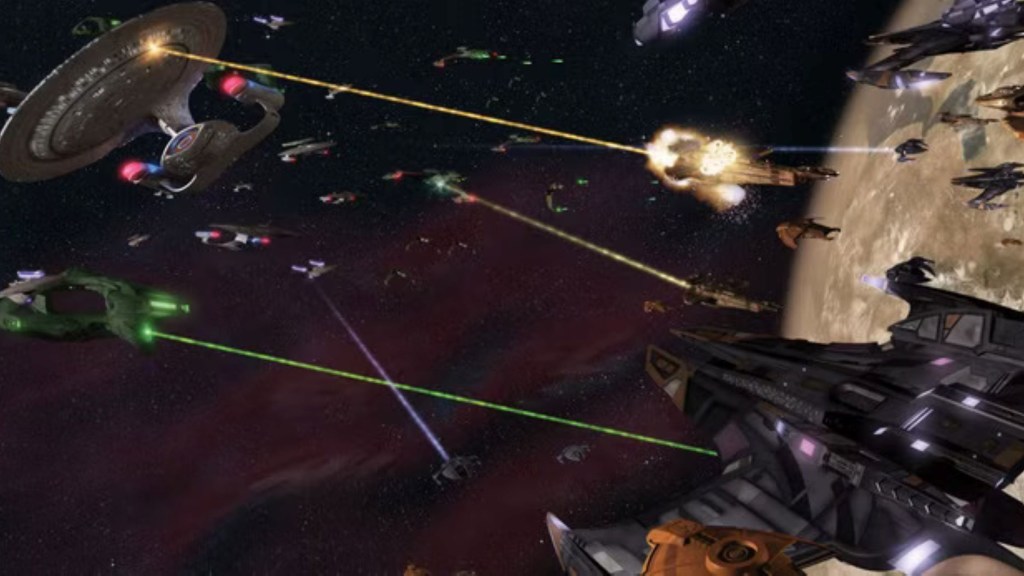
Jean-Luc Picard once said, “The acquisition of wealth is no longer the driving force in our lives.” That line, along with many other interesting throw away lines throughout various Star Trek Series has inspired endless debate among fans. We don’t know too much about the politics and policies of the United Federation of planets and some fans have connected the dots and argued the Federation is a post-scarcity paradise, essentially a communist utopia where everyone has their basic needs met by the state. This would explain the somewhat bland uniformity of people’s living spaces, not just onboard star ships but on planets too, as materialism is frowned upon. Federation citizens get food, housing and a Universal basic income, and are not required to work, but extra effort earns privileges like better housing or increased income to afford luxuries such as holodecks and replicators.
Building on this idea, an even darker theory suggests the Federation’s ‘utopia’ actually hides a dystopian core – after all, communist regimes often turn sour. Ever notice people in Star Trek seem a little too happy? UFP Citizens may be subtly coerced not with oppression but with pleasure — luxuries and opportunities are reserved for those who play by the system’s rules and follow the ‘benevolent’ Federation blindly. From this perspective, Starfleet officers are the ruling class, enjoying perks while ordinary citizens scrape by, being told they are the lucky ones (the Klingons and non-federation members are nothing but brutal savages) and indoctrinated to be terrified of repeating the mistakes of the past (the eugenics wars, world war III). Over time, people forget there might be a different, more individualistic way of living. It’s a stretch, but a radical reinterpretation of Trek’s optimistic future.
5) The Q Are Really The Progenitors from Discovery

In The Next Generation episode “The Chase,” we learn that almost every humanoid species in the Alpha Quadrant shares DNA and are descended from an ancient alien race called the Progenitors. While we weren’t given too much detail about these mysterious beings at the time, Star Trek: Discovery’s final season revisited this mystery, delving further in to the history of the species. They appear to have ‘godlike’ powers, but it may well be that their technology is so advanced that to lesser beings it appears like magic. As Arthur C. Clarke once said, “Any sufficiently advanced technology is indistinguishable from magic.”
What if as well as seeding many other ‘lesser’ species in the galaxy, those same Progenitors evolved even further, morphing beyond physical form into the immortal beings of the Q Continuum. The Q may simply be the Progenitors with a few million years of progress behind them. Their omnipotence, fascination with humanity, and cryptic moral lessons suddenly make a lot of sense, as they are eerily like that of the Q.
6) The Reason Klingons Keep Changing Their Look
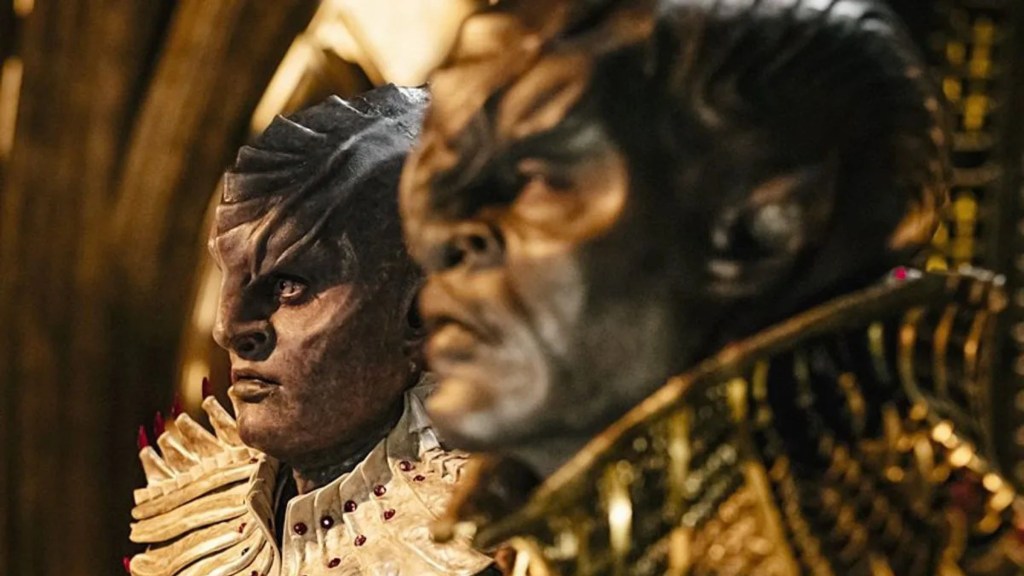
From the more human look of Klingons in The Original Series to the bumpy-headed Klingons of TNG to Discovery’s full-on reinvention, across the Star Trek franchise, the species has never looked the same, much to the chagrin of fans. Theories have long since abounded to try and explain away this lack of consistency (which most likely comes from a lack of thought given to continuity over nearly 60 years), but the best in-universe explanation for the Klingon’s switching visages might come from Enterprise, which eventually revealed that Klingons experimented with their own DNA.
Fans soon speculated that given their ability to edit their own genetic code, every new Klingon design could reflect generations of genetic tinkering — failed experiments and mutations, or even intentional cultural shifts. In short: the Klingons look different because they’ve been rewriting their DNA for centuries. This theory is backed up by episodes of Strange New Worlds which also deal with the topic of genetic modifications. “Children of the comet” revealed that Starfleet has the technology to (temporarily) alter their appearance to better blend in with uncontacted alien cultures, while “Ghosts of Illyria” proved the Klingons are not the only species that have turned to genetic modification.
7) The Trill’s Symbionts Began as Parasites
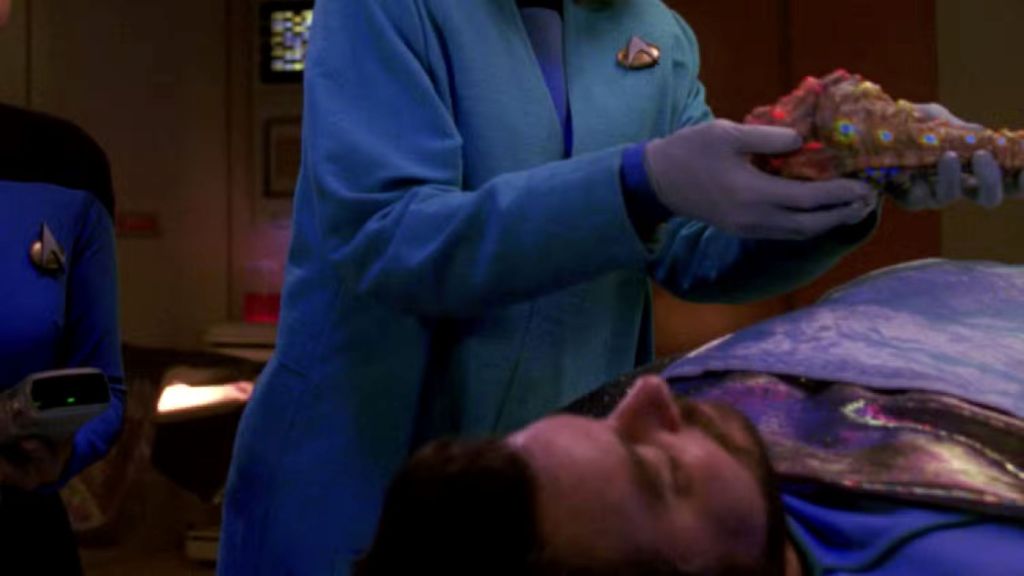
Jadzia Dax of Deep Space Nine quickly became one of Trek’s most beloved characters, her species, the Trill, who host a sentient lifeform known as a symbiote inside them were some of the most fascinating characters in Star Trek. Because the symbiote can move from host to host, transferring memories and experiences, Trill who are joined with a symbiote can make some of the most accomplished officers in Starfleet, brining a raft of skills acquired over decades from multiple hosts. However, the innate biology of the Trill’s symbiotes raises some uncomfortable questions. In “Invasive Procedures,” we learn that removing a symbiote almost always kills the host, and vice versa, suggesting that perhaps early Trill-symbiote relationships weren’t mutually accepted at all, but parasitic, think Stephanie Mayers The Host.
Over time, the two species evolved to have a more cooperative and almost co-dependent partnership, but the symbiote’s violent origins may still be obvious in their very biology when you think about it. After all, would a species that’s evolved to be dependent on living in the body of another take no for an answer? And what reason would the Trill have to willingly allow another species to inhabit their bodies and start to effectively control and alter them? What began as a parasitic takeover may have slowly transformed into one of Trek’s most unique and mutually beneficial forms of coexistence.
8) The Borg Are Farming the Federation

The Borg are perhaps one of Trek’s most fearsome big bads. Relentless and devoid of mercy, they will stop at nothing to conquer the universe, assimilating every civilisation in their path. In fact, the Borg could probably annihilate Earth any time they wanted — so… why don’t they? We’d like to think Starfleet is just that good, but is it realistic to think that a single Starship could defeat the Borg where whole civilisations failed? It’s something of a plot hole when you think about it, but some fans believe the answer is simple: the Borg are waiting.
By sending just one cube at a time who are instructed to fail, a sacrifice if you will, the Borg conserve their resources while forcing the Federation to rapidly innovate to survive. Those advances in tech, tactics and weaponry will eventually benefit the Borg big time, when they finally assimilate them. In other words, the Collective isn’t just attacking — it’s cultivating the Federation like a farm, ensuring it’s at its technological peak before harvesting. Creepy…
9) The French Language Is Almost Extinct — And France Is a Fake

Ah yes, Jean-Luc Picard, the famous ‘Frenchman’ in charge of the Enterprise in The Next Generation. Yet Patrick Stewart’s iconic British accent and rather British penchant for tea, is never explained away. The obvious answer might simply be an odd casting choice or that Picard has lived away from Fance so long he’s lost the accent, but some fans have filled in the gaps in-universe, deducing that French as a spoken language is actually nearly extinct in the 24th century and not Picard’s mother tongue. Supporting evidence comes from TNG’s “Code of Honor,” where Data calls French an “obscure” tongue that “had” represented Earth’s civilisation for centuries.
Some fans have taken the theory one step further, even suggesting that the language died out because France itself became a bombed out radioactive wasteland after World War III, and most French speakers were killed, along with much of Europe’s population. When the Vulcan’s helped make Europe habitable again after first contact, France and other European countries were rebuilt as sort of cultural attractions and citizens wishing to live there would be required to adopt the stereotypical culture of that country, in effect “playing French,” for tradition’s sake. Picard’s vineyard may not be his ancestral homeland — it might be a repopulated theme-park like France.
10) Dr. McCoy Accidentally Created Khan
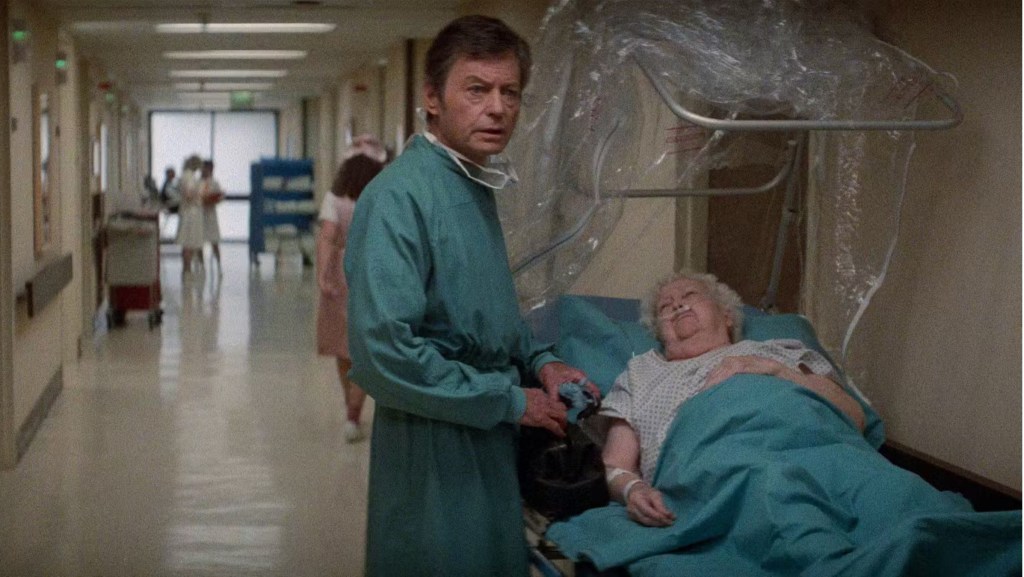
Another fascinating time travel butterfly effect theory comes from Star Trek IV: The Voyage Home. In a hilarious scene, whilst rescuing Chekov from a 1980’s hospital, Dr. McCoy casually cures a dialysis patient using more advanced 23rd-century medicine, regrowing her kidneys from scratch, much to the shock of the 20th century medical stuff. But what if this act of compassion had disastrous unforeseen consequences?
One fan theory posits that, baffled by this apparent medical miracle, scientists in 1986 took a sample of the new kidneys and reverse-engineered the woman’s altered biology, unlocking the secrets of genetic engineering decades before humanity was ready. The result? The creation of flawed genetically engineered superhumans Khan Noonien Singh and his followers which lead to the ‘Eugenics wars’ of the 1990’s. In trying to save one life, Bones may have inadvertently doomed millions.

